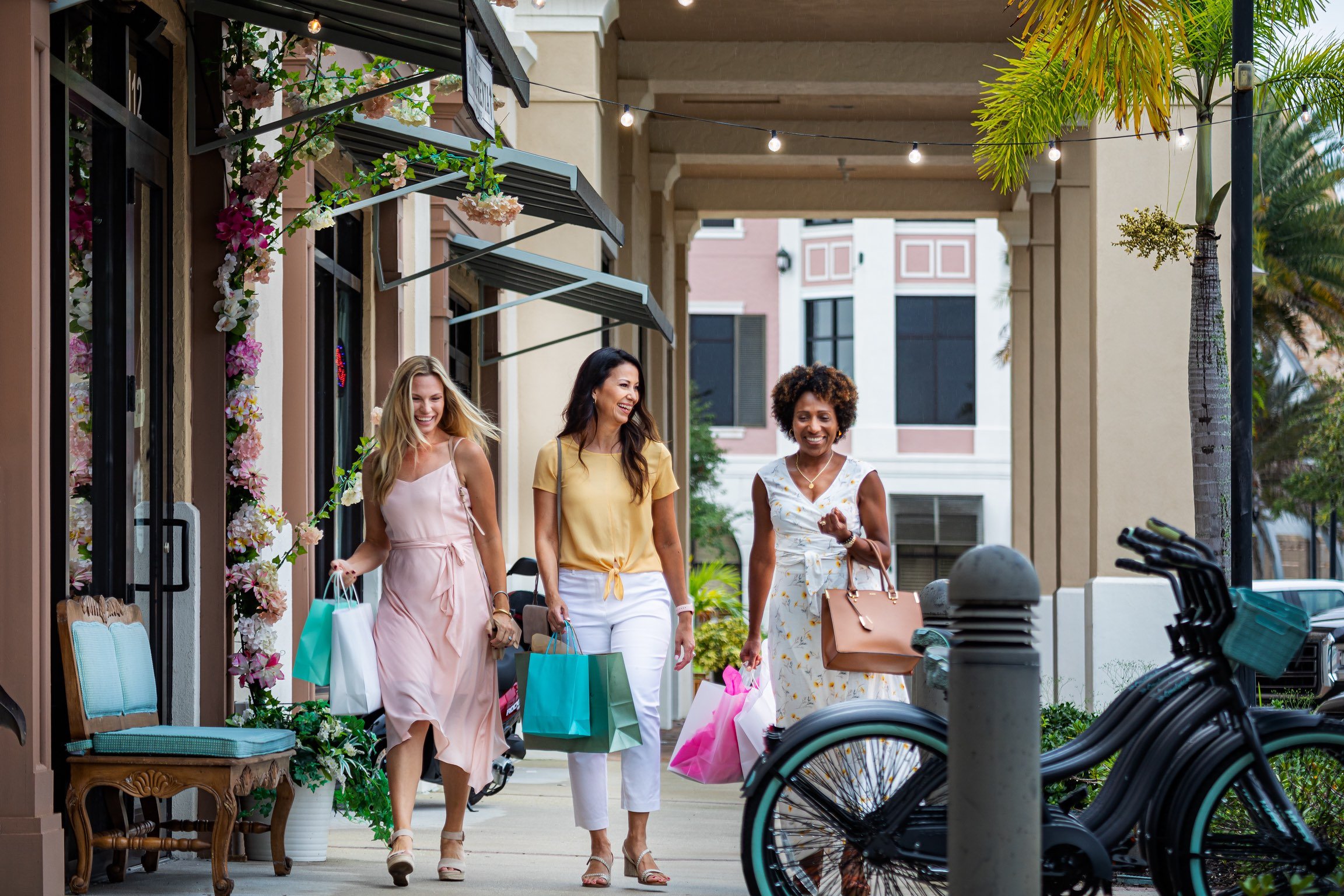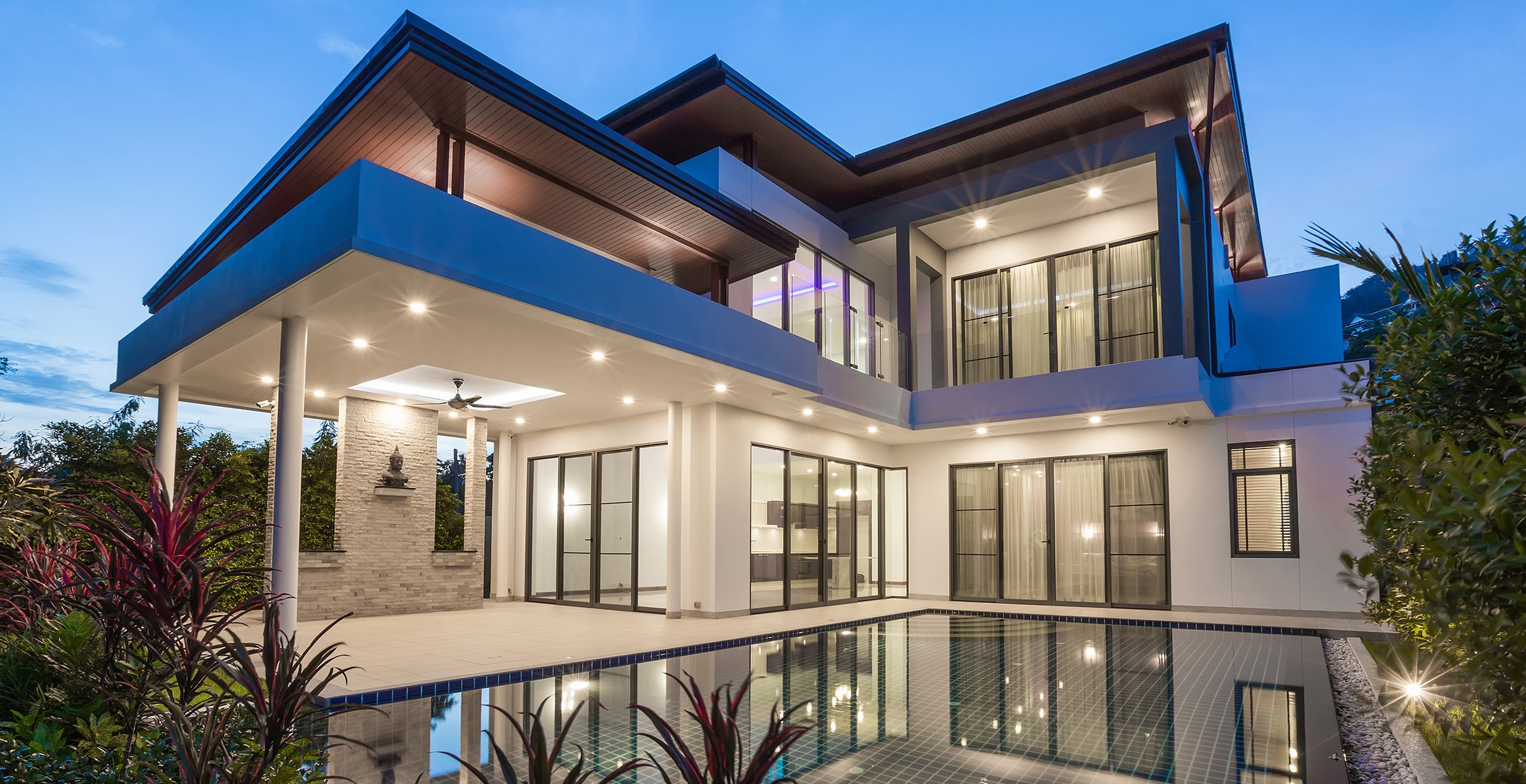July 15, 2021
The Creative Placemaking Guide for Master Planned Communities
Land planners play one of the most crucial roles in community development by envisioning all the potential that can come from an undeveloped piece of land and turning that vision into something tangible. Without land planners, home builders may struggle to actually sell the community they’re developing.
After all, it’s the elements of a community that truly transform houses into homes and create great places to live. That’s what we care about most at Milesbrand, and we’re here to help you understand the ins and outs of placemaking so you know just how crucial it is in community development. This guide will discuss all things creative placemaking to help you truly get from land to brand.
TABLE OF CONTENTS
From Land to Brand: Placemaking Definitions 101
Why Does Placemaking Matter for Communities?
Creative Placemaking Principles Every Land Planner Must Follow
What Not to Do When Planning a Creative Placemaking Project
Does Your Community Prioritize Inclusive Placemaking?
More Than a Design: The Ins and Outs of Placemaking Architecture
How Community Placemaking Prioritizes Residential Well-Being
From Land to Brand: Placemaking Definitions 101
To begin, it’s crucial to establish a working base of placemaking definitions so you can clearly see what land planners see.
What Is Placemaking?
Placemaking is the strategic approach to planning, design, and development of public land to amplify its potential, encourage community participation, and improve the overall quality of life of those using the land.
Land planners have a keen eye that lets them see the true potential of a dirt lot and what that space can turn into. The best placemakers use this talent to make a community unforgettable and encourage residents to see themselves living there for years to come. They are able to turn obstacles into opportunities and prioritize community engagement above all else.
What Is Creative Placemaking?
Creative placemaking is the intentional incorporation of arts, culture, and other traditions into community development. Creative placemaking goes beyond adding a sculpture to a park or painting a mural in an alley — it ensures those artistic elements are meaningful to the people that live there.
Creative placemakers intimately understand a community’s history and use that knowledge to integrate pieces of art and culture throughout the development of the community.
What is Strategic Placemaking?
Isn’t all placemaking strategic? Yes, but the term strategic placemaking specifically refers to the business behind placemaking. For example, if your development is easily walkable or there is great public transportation, more people are likely to be attracted to the community. In turn, the surrounding area may see business growth and expanded job opportunities, thus signifying a prospering area.
Strategic placemaking looks past the physical elements of placemaking and understands the impact those elements have on the community and surrounding communities.
Why Does Placemaking Matter for Communities?
With a basic understanding of the most important placemaking terms, we can get into the effects of placemaking. Home buyers care about finding a great place to live, not just a house to live in. Placemaking makes that possible.
There are three main benefits of placemaking that home builders must be aware of when developing a community:
Fosters Inclusivity
For many, community engagement and interaction is one of the most important things that they search for when buying a home. Placemaking encourages inclusivity by imagining and creating community spaces that are accessible and usable by everyone. By creating spaces that appeal to young adults, growing families, and empty nesters all at the same time, your community has infinite potential.
Encourages Activity
Some of the most popular placemaking initiatives focus on spaces that encourage physical activity — think parks, bike paths, hiking trails, and more. In addition to physical activity, the best placemaking projects also prioritize social activity at community centers and other easily accessible locations.
Promotes Economic Growth
The best placemaking uses these elements of activity and inclusivity to attract businesses and families to the area. Not only does this help you sell more homes, but it also impacts the community positively by encouraging economic prosperity and improving the overall quality of life.
Creative Placemaking Principles Every Land Planner Must Follow
Creative placemaking allows communities to truly differentiate themselves from the pack. Rather than include mundane spaces that are never going to be used, creative placemaking gives land planners the ability to build around elements they know the community will appreciate. Here are five principles to remember in every creative placemaking project:
- Places vs. Spaces — Spaces are simply areas of land that are defined by their physical attributes, such as their location, size, and composition. Places, on the other hand, are what spaces can become with intentional placemaking. Places must provide meaning to a community and give their residents some sort of value.
- Placemaking vs. Designing — Similarly, placemaking and designing are two separate skills. Designing often refers to the physical elements of a certain structure, including layout, materials used, and capacity. Placemaking sees how a design improves day-to-day living and incorporates those elements to improve community engagement and interactivity.
- Collaboration — Communities cannot come together in siloes. From initial land identification to community elements to floor plans, all pieces of the puzzle must collaborate together simultaneously. If not, there will certainly be pieces of the community that stand out like a sore eye and diminish its value.
- Engagement — One of the biggest goals of every placemaking project is to encourage and increase engagement among community members. Parks, community centers, and recreational areas are some of the most useful ways to encourage engagement.
- Impact — Think about the goal of someone buying a home. Chances are, their goal is not to live there for a year before moving onto something bigger and better. Though those transitions are certainly possible, most people buy homes with the intention of staying there for years to come. As such, placemaking projects should focus on the long-term impact that they are making on a city, community, and family.
What Not to Do When Planning a Creative Placemaking Project
As important as the recommendations themselves, it’s so valuable to understand what not to do when planning a creative placemaking project. There are certain mistakes that make a project nearly unrecoverable, and if they appear in your strategy, your community will certainly suffer.
One of the most important mistakes to avoid is not factoring in the voice of the community. Read more below, or learn about three other mistakes here.
Ignoring the Voice of the Community
Think back to our definition of creative placemaking. The community’s voice is one of the most important aspects to consider in your project. If you’re building a new community from scratch, you must listen to what potential community members care about. Do they want expansive open space, or do they prefer community engagement centers? Do they want easily accessible neighbors, or do they prefer more private properties?
If you’re restoring a pre-existing community, this becomes even more important. Community members have been there longer than you, and if you come in and disrupt their way of life without considering their culture and history, it will impact your community for years to come.
Does Your Community Prioritize Inclusive Placemaking?
Speaking of the importance of community input, inclusive placemaking is a crucial element that land planners must remember. In the example above about disrupting a previously existing community, communities run into the downsides of generalized placemaking.
For example, if a developer experienced success with a certain architectural style and placemaking initiative for another community, they may be inclined to implement the same general tactics in another community. However, if they do so without adhering to the culture, history, and interests of those community members, they run the risk of two things:
- Gentrification and Displacement — This happens when communities are modeled after one another and follow the latest trends of modern design. Ultimately, it frustrates community members, makes them feel outcasted, and potentially displaces them from their homes.
- Racial and Socioeconomic Exclusion — These are often the result of gentrification as certain community members are pushed out.
More Than a Design: The Ins and Outs of Placemaking Architecture
Architecture and design are closely related — but remember, designing and placemaking are two separate concepts. Placemaking architecture takes the physical attributes of a building or home beyond what can be seen by the eye. It puts meaning behind the design.
Finding the intersection of architecture and placemaking is crucial for creating truly remarkable places to live. Here’s what we mean by that:
- Architecture — Great architecture is at the core of every community. A team of architects must be able to build homes and community centers that are safe, beautiful, compliant with local regulations, and functional.
- Placemaking Architecture — Placemaking architecture takes traditional architecture and design a step further by clearly identifying the place created by a piece of architecture within a space. Without the “why” behind the architecture, homes are really nothing more than a collection of materials. Placemaking architecture gives those materials meaning and thinks about how those constructs will impact life for years to come.
How Community Placemaking Prioritizes Residential Well-Being
Done right, placemaking prioritizes the community at every step of the planning and development of a community. In turn, this has the ability to greatly impact residential well-being for years to come. After all, that’s placemaking is all about — making the lives of those who live there more joyous, fulfilling, and meaningful.
There are many ways that community placemaking prioritizes residential well-being, but here are three main ones to focus on:
- Amenities — Oftentimes, amenities are the first things that come to mind when considering placemaking. These amenities can include everything from pools to golf courses, but it’s the ability to consider the impact of these amenities that truly sets a placemaking initiative apart.
- Accessibility — Accessibility takes amenities a step further. Without intentional placemaking, a park may just be included where there is open space in the community. A thoughtful placemaker, though, will understand the impact of the location of that park and position it near a community center, pool, or another area of frequent congregation to foster more community engagement.
- Identity — With proper thought and attention, creative placemaking can completely transform a community’s identity. From culture to arts to architecture, people often place their identities in things they are most passionate about. When you incorporate those pieces of identity within a community, you indirectly allow residents to also put a piece of their identity in the community itself.
Bring Your Community to Life
Placemaking is an often overlooked yet immensely important aspect of community development. In truth, it can make or break a community before the first home is even built. Master-planned community development takes the collaboration of land planners, architects, and marketers to truly be successful.
If you are looking for strategic marketing oversight for your community, our team at Milesbrand is eager to jump in. With decades of experience in the industry, we pride ourselves on taking communities from land to brand. Give us a call today, or browse our blog for more home builder marketing insights.












